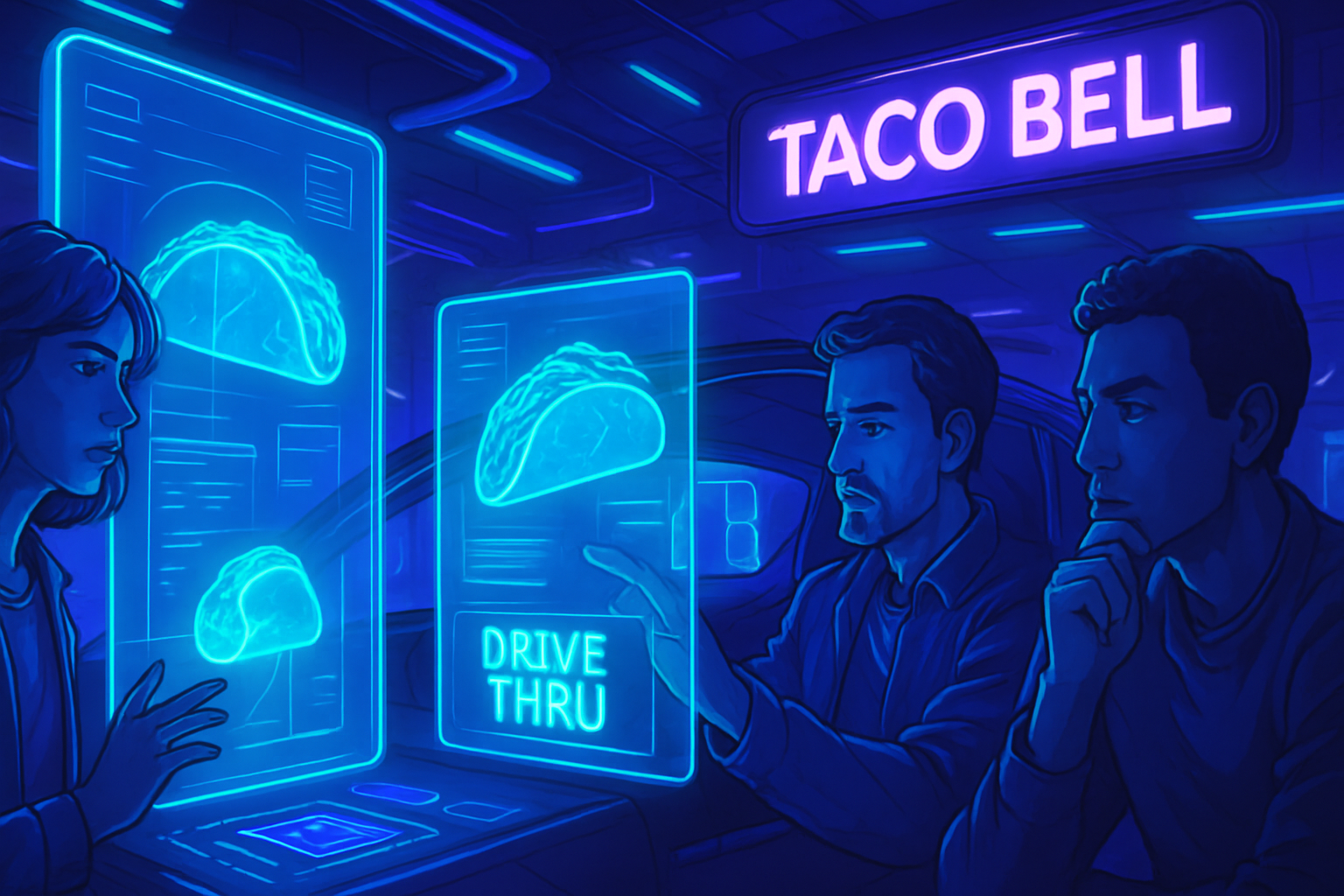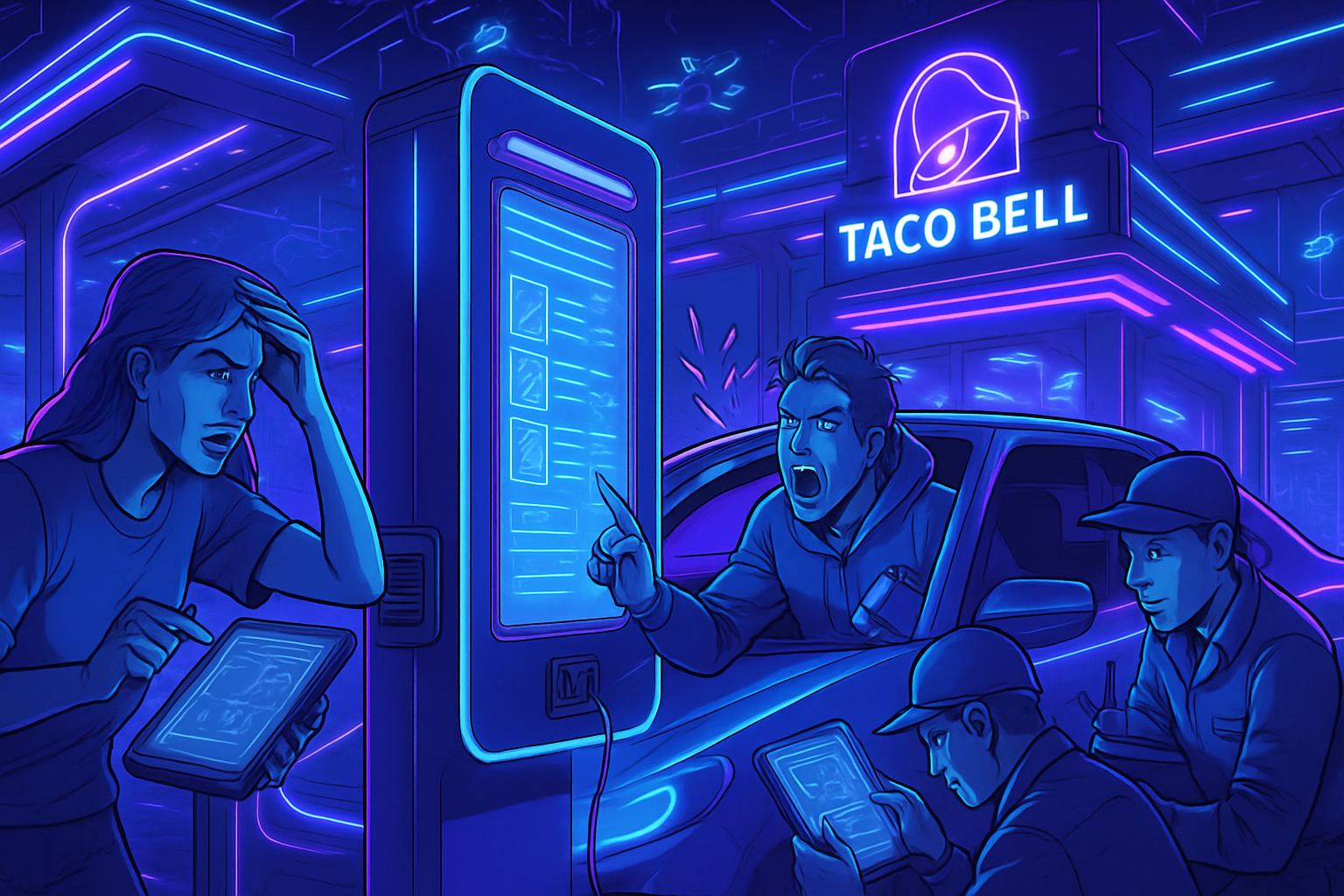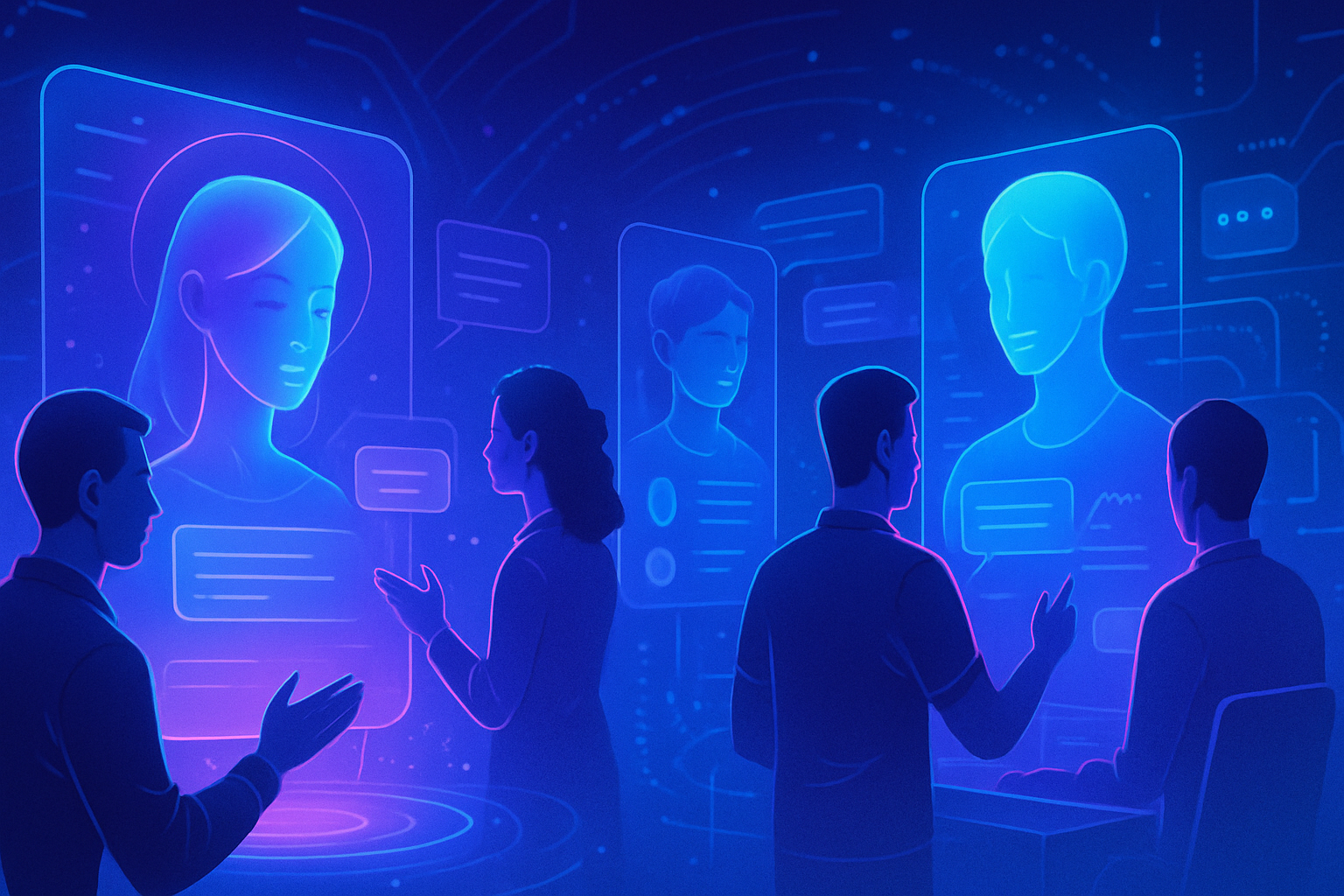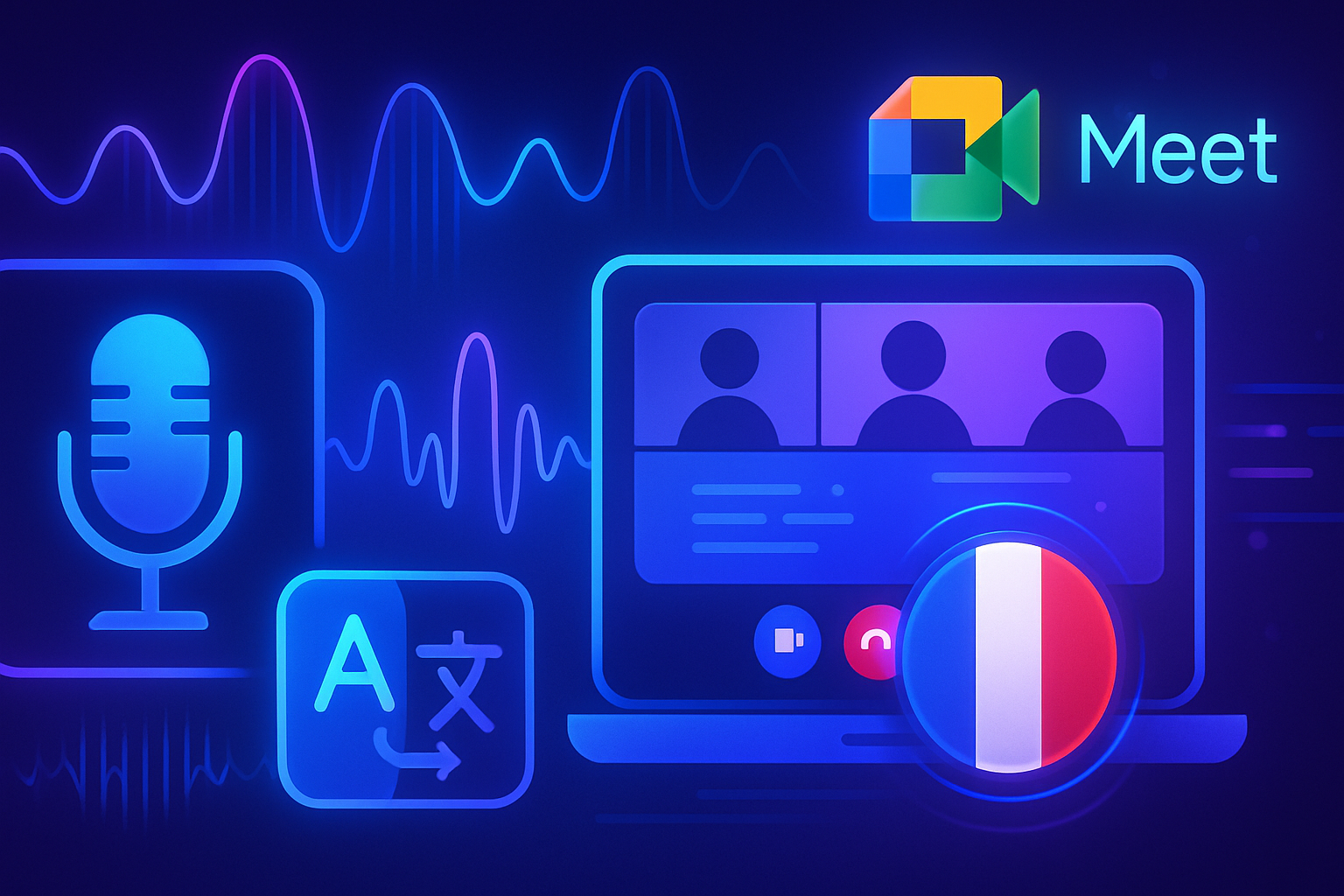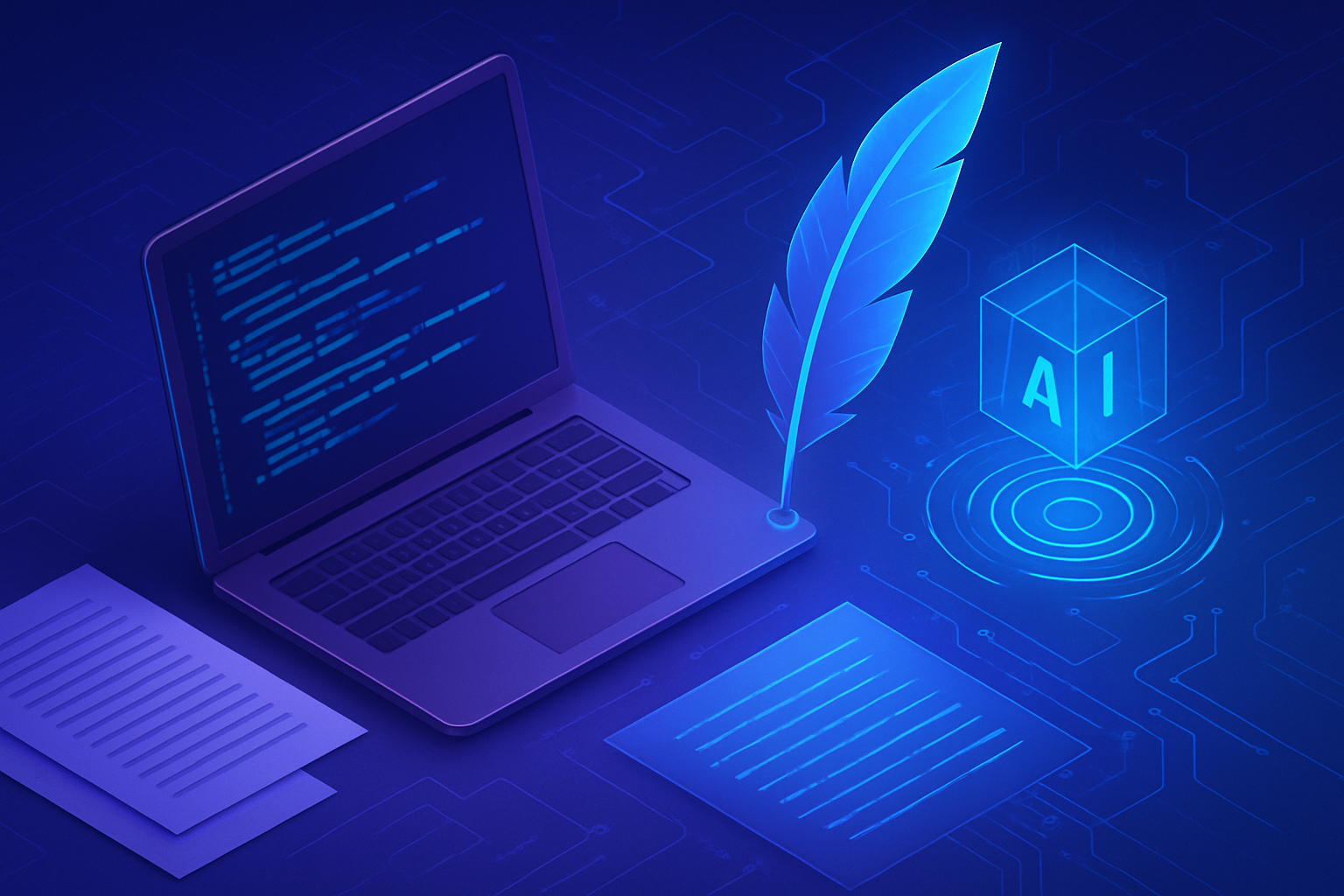The emergence of an initiative aimed at exploiting AI to undermine the credibility of research on pollutants raises enormous ethical and scientific issues. A controversial figure in the field, Louis Anthony “Tony” Cox Jr, mobilizes technological resources to infuse doubt into the perception of dangers related to environmental toxins. Through his application, this approach highlights the potentially disastrous risk of conflating correlation and causality, sometimes exacerbating misinformation.
Context of the Discovery
An established researcher, known for his ties to industrial interests, is working to mitigate negative perceptions associated with pollutants. Louis Anthony “Tony” Cox Jr, a risk analyst based in Denver, is developing an artificial intelligence (AI) application designed to challenge the scientific evidence regarding the dangers of pollutants. The goal is to highlight what he calls confusions between correlation and causality.
The AI Project
Cox has communicated in emails to industry researchers that his project aims to eliminate “propaganda” from epidemiological research. By presenting itself as a large-scale critical analysis tool, the application could potentially alter the risk assessment landscape. He is currently testing this AI assistant on submissions to academic journals, including the one he edits, Risk Analysis.
Funding and Issues
The funds necessary to create this tool come from the American Chemistry Council (ACC), an organization representing giants of the petroleum and chemical industries. This involvement raises questions about the project’s objectivity. Experts have already argued that ACC’s support could ensure that results favor the interests of its members.
Cox’s Statements
Cox insists that his application aims to clarify the objective implications of the data. He claims that the methods used are not tinted by ideology while admitting the public acknowledgment of received funding. According to him, this assistant is designed to help researchers navigate human biases when analyzing data.
Alignment with Industrial Interests
Cox’s background shows frequent cooperation with tobacco companies and lobbying groups, such as the American Petroleum Institute. His tendency to criticize studies linking chemical exposure to health issues raises concerns about his motivations. A genuine dialogue about the impacts of pollutants could be hindered by such bias.
The Implications for Regulation
Cox’s previous work suggests that he aspires to regulatory changes that decrease barriers for industry. In this regard, his position on public health standards has been called into question. Critics note that this approach could justify less stringent pollution policies, contributing to serious health consequences.
Using AI to Ignite Uncertainty
In a discussion with AI, he sought clarifications about the link between PM2.5 and lung cancer. By questioning the AI, Cox emphasized the need for feedback on the certainty of causal associations. This type of interaction demonstrates a clear willingness to fuel debates over scientific links, reinforcing his disinformation strategy regarding the dangers of pollutants.
Reactions and Criticism
Scientists and public health experts have issued formal criticisms. They call for increased vigilance regarding projects that, under the guise of critical analysis, could spread inaccuracies. Distrust of potential collaborations between industry and scientific research is growing as such projects could severely undermine public trust in science.
Risk Situations
At this stage, Cox’s project appears to be a bold attempt to reshape the discourse around environmental risks. The construction of a tool based on already observed biases could have devastating implications. Such an approach could lead to a weakening of necessary protections for public health due to subtle manipulation of research outcomes.
Impact on Public Health
As the scientific community discusses the impacts of pollutants, Cox highlights questions of certainty. Through his rhetoric, he could delay essential actions aimed at protecting public health. Engaging in discussions based on faulty data could prevent the adoption of preventive measures corroborated by established scientific findings.
Call for Vigilance
The proposal to protect human health based on scientific data could be compromised by projects like Cox’s. A potentially harmful industry could thus see its requirements relaxed. Research against pollution should not be influenced by industrial interests, as it challenges the foundations of social and environmental responsibility.
Uncertain Conclusion
The issues raised by Cox’s project prompt reflection on the responsibility of researchers. The intersection between scientific knowledge and commercial interests continues to create a complex environment. An objective evaluation of research proves essential to safeguard public health against the potential dangers of pollutants, such as the oil spills covered by Trump. The balance between technological advancements and environmental protection remains delicately poised.
Common Questions About the Use of AI to Heighten Doubts about the Dangers of Pollutants
What are the main objectives of a project using AI to analyze research on pollutants?
The project aims to identify and challenge the causal relationships often established between exposure to pollutants and health effects, filtering what its instigators perceive as “propaganda” in epidemiological research.
How can AI be used to “sharpen critical thinking” in environmental health?
AI can analyze a vast amount of research and identify biases or methodological errors, allowing for a critical evaluation of conclusions, but it can also lead to a selective interpretation of data.
What are the major concerns regarding the funding of such a project by industrial interests?
Funding by industrial groups, such as the American Chemistry Council, raises questions about the objectivity and transparency of results, as these groups may have interests in minimizing the harmful effects of pollutants.
What types of biases is the AI supposed to identify in health and pollutant research?
It should detect confusions between correlation and causation, as well as other common cognitive biases that can distort how public health data is interpreted.
What are the potential risks of entrusting the evaluation of scientific research to AI?
There is a risk that AI, due to its programmed algorithms, may reproduce human biases and minimize recognition of established causal links between pollutants and various health problems, which could distort public debate.
How might this project affect environmental regulation and public health?
By spreading doubt about the effects of pollutants, it could slow or obstruct the implementation of stricter regulations, thus compromising public health protection.
Could this initiative really lead to a change in the scientific perception of pollutants?
This could create a culture where established research results are systematically questioned, which may erode public trust in science and health regulations.
What types of research are targeted by this AI project?
This includes studies linking exposure to pollutants to various health problems, including respiratory illnesses, cancers, and other health impacts, often published in public health academic journals.
How to ensure that the AI used in this project is not biased?
To ensure objectivity, it is crucial to establish rigorous and transparent protocols for the tool’s development, as well as the inclusion of a diversity of scientific experts in the evaluation process.

